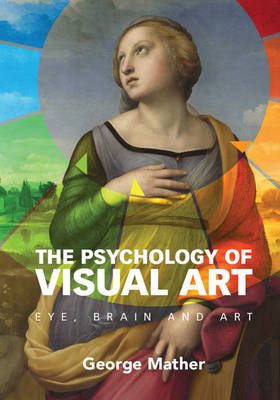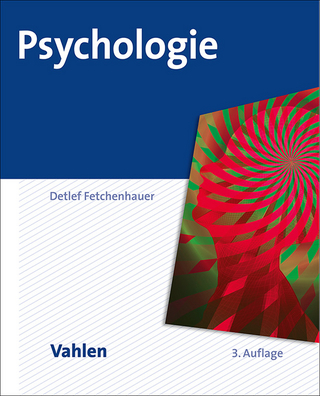
The Psychology of Visual Art
Eye, Brain and Art
Seiten
2013
Cambridge University Press (Verlag)
978-1-107-00598-3 (ISBN)
Cambridge University Press (Verlag)
978-1-107-00598-3 (ISBN)
A new textbook that takes an interdisciplinary approach to visual art, connecting art history, computational vision, evolution, neurology, neuroscience, philosophy, psychology and psychophysics. It presents ideas and theories clearly and accessibly to students encountering the psychology of art for the first time.
What can art tell us about how the brain works? And what can the brain tell us about how we perceive and create art? Humans have created visual art throughout history and its significance has been an endless source of fascination and debate. Visual art is a product of the human brain, but is art so complex and sophisticated that brain function and evolution are not relevant to our understanding? This book explores the links between visual art and the brain by examining a broad range of issues including: the impact of eye and brain disorders on artistic output; the relevance of Darwinian principles to aesthetics; and the constraints imposed by brain processes on the perception of space, motion and colour in art. Arguments and theories are presented in an accessible manner and general principles are illustrated with specific art examples, helping students to apply their knowledge to new artworks.
What can art tell us about how the brain works? And what can the brain tell us about how we perceive and create art? Humans have created visual art throughout history and its significance has been an endless source of fascination and debate. Visual art is a product of the human brain, but is art so complex and sophisticated that brain function and evolution are not relevant to our understanding? This book explores the links between visual art and the brain by examining a broad range of issues including: the impact of eye and brain disorders on artistic output; the relevance of Darwinian principles to aesthetics; and the constraints imposed by brain processes on the perception of space, motion and colour in art. Arguments and theories are presented in an accessible manner and general principles are illustrated with specific art examples, helping students to apply their knowledge to new artworks.
George Mather is Professor of Vision Science in the School of Psychology at the University of Lincoln. He has over twenty-five years of experience in teaching courses on human visual perception and the psychology of visual art to undergraduate and postgraduate students and is the author of Essentials of Sensation and Perception (2011), Foundations of Sensation and Perception (2009) and The Motion After-Effect: A Modern Perspective (1998, co-edited with Stuart Anstis and Frans Verstraten).
1. Art through history; 2. Art and the eye; 3. Art and the brain; 4. Perceiving scenes; 5. Perceiving pictures; 6. Motion in art; 7. Colour in art; 8. Visual aesthetics and art; 9. Visual aesthetics and nature; 10. Evolution and art.
| Erscheint lt. Verlag | 24.10.2013 |
|---|---|
| Zusatzinfo | 20 Plates, color; 30 Halftones, unspecified; 20 Line drawings, unspecified |
| Verlagsort | Cambridge |
| Sprache | englisch |
| Maße | 174 x 252 mm |
| Gewicht | 730 g |
| Themenwelt | Kunst / Musik / Theater ► Allgemeines / Lexika |
| Geisteswissenschaften ► Psychologie ► Allgemeine Psychologie | |
| Geisteswissenschaften ► Psychologie ► Biopsychologie / Neurowissenschaften | |
| Geisteswissenschaften ► Psychologie ► Verhaltenstherapie | |
| Naturwissenschaften ► Biologie ► Zoologie | |
| ISBN-10 | 1-107-00598-1 / 1107005981 |
| ISBN-13 | 978-1-107-00598-3 / 9781107005983 |
| Zustand | Neuware |
| Informationen gemäß Produktsicherheitsverordnung (GPSR) | |
| Haben Sie eine Frage zum Produkt? |
Mehr entdecken
aus dem Bereich
aus dem Bereich
Techniken der Verhaltenstherapie
Buch (2024)
Julius Beltz GmbH & Co. KG (Verlag)
35,00 €


